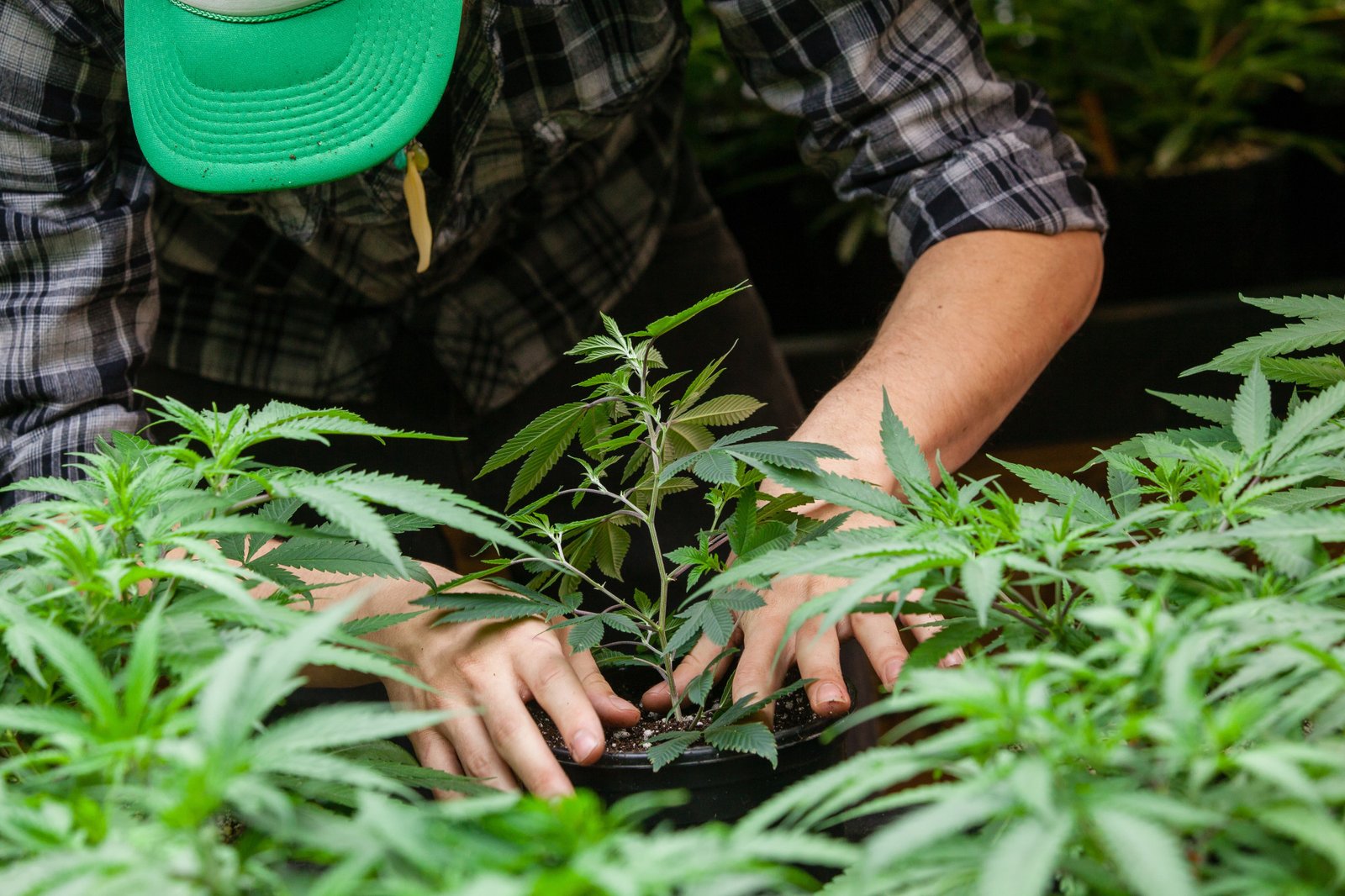Table of Contents
Did you know that ferns have been in existence for more than 350 million years? They predated dinosaurs and were found on Earth 200 million years before flowers.
Now, they’re a popular house plant due to their bright color and beautiful display of foliage. It can be hard to know how to grow ferns, especially if you’re taking care of your first one.
Thankfully, we’re here to help. Continue reading for three unmissable tips for growing ferns.
1. Humidity and Water Are Key
Ferns love moisture and are best suited to humid environments. They prefer cooler temperatures with humidity upwards of 50%.
Many ferns thrive in extra moisture and grow beautifully in the right conditions. Some indoor ferns are more popular than others due to their ability to flourish in the absence of direct sunlight.
Bathrooms, kitchens, and greenhouses are more likely to provide natural humidity. An alternative is to use a humidifier to increase the level of humidity.
Ferns always crave moisture, so be sure to water them as soon as the soil begins to dry. Keep an eye on the weather if your ferns are outdoors, and water them at regular intervals if there’s no rain.
2. Location, Location, Location
Your fern needs a bit of sunlight but will prefer a shady location. The ideal placement would be below dappled shade provided by tree branches. You should try and offer similar conditions to a forest.
If your fern is inside your home, place it nearby a window or in a shaded porch. Make sure it doesn’t touch the window because the heat can cause the leaves to brown. And if the leaves are browning, that’s your cue to modify the fern’s position.
Air vents and fans can pull moisture from the fern if they’re in close proximity.
3. Choose the Soil Wisely and Fertilize at the Right Time
Anyone with green fingers knows the importance of choosing the most appropriate soil. And the vast majority of ferns prefer a soil that is moist and well-draining.
Choose a soil with generous amounts of compost and sand because this will allow your plants to drain nicely. Ferns have sensitive root systems, so you want to avoid keeping them too soggy.
A slightly acidic to neutral soil, between 4.0 to 7.0 in pH, is best for most ferns. However, some indoor ferns require a more alkaline soil, so check which species you have before planting.
Avoid fertilizing ferns during the winter months because they do not grow in colder temperatures. The right time to fertilize is in the summer when you notice the production of new growth.
Growing Ferns Made Easy
With the right amount of care, you’ll find that ferns are an easy houseplant to look after. Heed our fern growing tips detailed above, and you’ll be on the road to success.
Did you enjoy this article about growing ferns? Well, we’ve got you covered with more great home improvement blogs.

